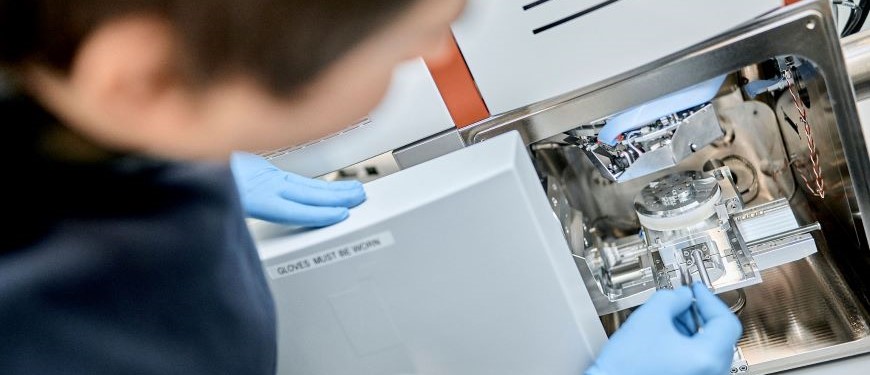Single-photon emitters strongly coupled to optical cavity modes promise a diversity of applications in quantum technologies, including ultralow-power switches, single-photon sources, and photon blockade. The interaction of such single-photon emitters with cavities characterized by a high quality-factor (Q) puts constraints on the emitter. But strong coupling can also be achieved in cavities with low Q, if the cavity mode is highly confined. Polaritonic cavities can be utilized for obtaining extremely confined modes, to enable strong coupling at ambient conditions and for a variety of quantum emitters. The widespread implementation of such a scheme in practice depends them mostly on the ability to selectively tune the optical response of either the emitter, or the cavity, or both.
Depending on their nature and environment, quantum emitters can be tuned utilizing external stimuli such as applied electric or magnetic fields, voltage, strain, etc. With several tunable quantum emitters at hand, one can subsequently explore and control their mutual interaction, opening possibilities for the generation of complex quantum states of light. For these studies, we envisage utilizing different kinds of quantum emitters such as defect centers in diamonds, defects in 2D materials, and organic molecules. Different kinds of cavities that also respond to similar external stimuli can also be implemented, with the aim to achieve the highest possible flexibility for finely engineering light—matter interactions.
With such control over the emitter—cavity coupling achieved, one can also enter the realm of polaritonic chemistry, selectively modifying optical transitions within molecules. Similarly, bright prospects for applications in biophotonics also emerge, e.g. by controlling the optical activity of organic samples, and exploiting polaritons to enhance and manipulate their chiral response.

- S. Fiedler, S. Morozov, L. Iliushyn, S. Boroviks, M. Thomaschewski, J. Wang, T. J. Booth, N. Stenger, C. Wolff, and N. A. Mortensen, Photon superbunching in cathodoluminescence of excitons in WS2 monolayer, 2D Materials 10, 021002 (2023).
https://doi.org/10.1088/2053-1583/acbf66 - S. Morozov, S. Vezzoli, A. Myslovska, A. Di Giacomo, N. A. Mortensen, I. Moreels, and R. Sapienza, Purifying single photon emission from giant shell CdSe/CdS quantum dots at room temperature, Nanoscale 15, 1645 (2023).
https://doi.org/10.1039/D2NR04744F - P. E. Stamatopoulou, S. Droulias, G. P. Acuna, N. A. Mortensen, and C. Tserkezis, Reconfigurable chirality with achiral excitonic materials in the strong-coupling regime, Nanoscale 14, 17581 (2022).
https://doi.org/10.1039/D2NR05063C
